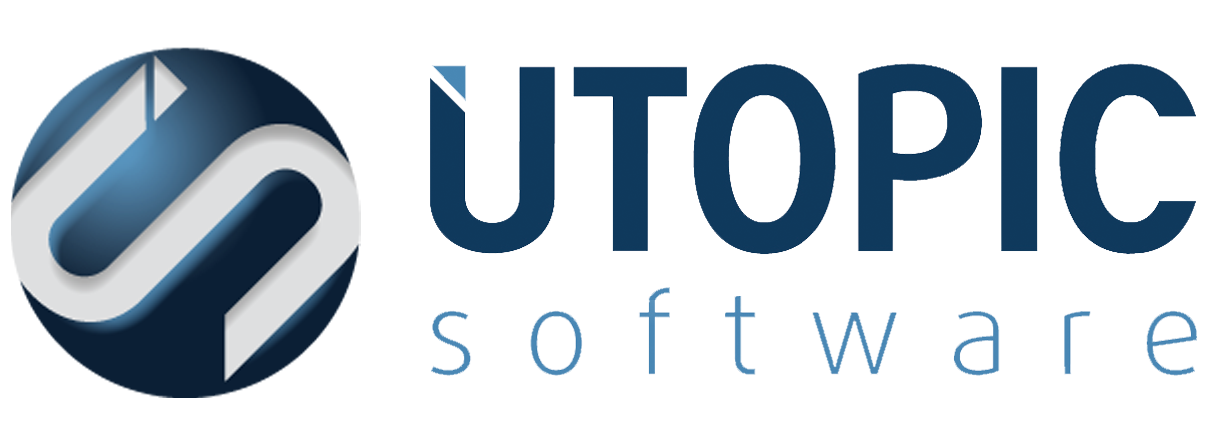CASE STUDY: MIGRATION
Provides the framework to make inevitable transitions less burdensome
A ROI and TCO Case Study
 With increasing complexity and many moving parts, migration is no longer as simple as porting over some applications and realigning profiles. With cloud, SaaS, MDM, enterprise mobile components, hyper-convergence, enhanced security protocols and other legacy and decentralized considerations, proper integration is difficult, time-intensive and costly without the benefit of automation. The automations contained in a zero-touch approach should do the heavy lifting during any forklift, and reduce the time and cost of integration, development and distribution.
With increasing complexity and many moving parts, migration is no longer as simple as porting over some applications and realigning profiles. With cloud, SaaS, MDM, enterprise mobile components, hyper-convergence, enhanced security protocols and other legacy and decentralized considerations, proper integration is difficult, time-intensive and costly without the benefit of automation. The automations contained in a zero-touch approach should do the heavy lifting during any forklift, and reduce the time and cost of integration, development and distribution.
Most organizations consider or actively participate in workspace transformation, have approximately 70% of legacy, local applications. And then some combination that equals 30% of SaaS or cloud based applications along with VDI of legacy applications that are delivered through a browser. The challenge, then, becomes that in order to manage it efficiently it requires that your applications are delivered through the cloud and therefore you have to forklift.
Forget, for the moment, the significant time and resource commitment and focus on the physicality of provisioning through MDM. It provides a suite of options, however it muddy the water by essentially forcing forklift projects to de-centrally manage applications through multiple platforms. In typical migrations- going this route— there is a manager to control SaaS application, another to handle VDI and still another to address thin image technology on Local.
For the purposes of discovering the automations ROI through the migration, we must concentrate on the actual process, and the gained efficiencies of the migration itself–from one OS to a new one. The goal is to streamline the delivery of optimized, user-ready assets so that enterprises can control the process using a “single pane of glass” approach. And, through this centralization and organization, the process becomes faster, less costly. To this end, several automation strategies accelerate the desired results while maximizing resources. This includes the ability to image across the internet.
By removing the need to black box or send a technician to physically “touch” each box, automations facilitate a coordinated migration moment. Now a system can be configured and ready for migration at a specific instant. This triggers migrations during the same 30 minute period on a particular date. Further, the capacity to carry out multiple commands simultaneously creates time and budget savings. More importantly, the tactic drives the necessary control and granular accuracy to limit the one-size fits all deployment and significantly reduces downtime. Such automations include background file transfer, parallel encryption and single instance archiving.
With regard to encryption, to lay it on the process, usually doubles the time for migration. Once the image and other components are set, then typically the encryption are applied. In a parallel automation, the encryption and the image are created and applied at the same time. This one automation reduces the downtime by nearly half.
As we look at the ROI/TCO table, it is important to consider that many organization use SCCM to assist in the process. SCCM contains many automations and is a well-considered tool for most IT administrators. Our figures use that as a baseline instead of the complete manual approach. The difference is a purely manual approach takes about 7.5 hours per device for a complete migration. By applying SCCM as an intermediary, that time is reduced to approximately 2.5 hours. However, implementing additional automations, as we’ve noted, that span is further reduced to 40 minutes (which includes the installation of user data, profiles and settings) per device–a 75% improvement. It essentially removes nearly $300,000 of budgeted monies. Even with SCCM, the newly budgeted costs is only $99,000.
